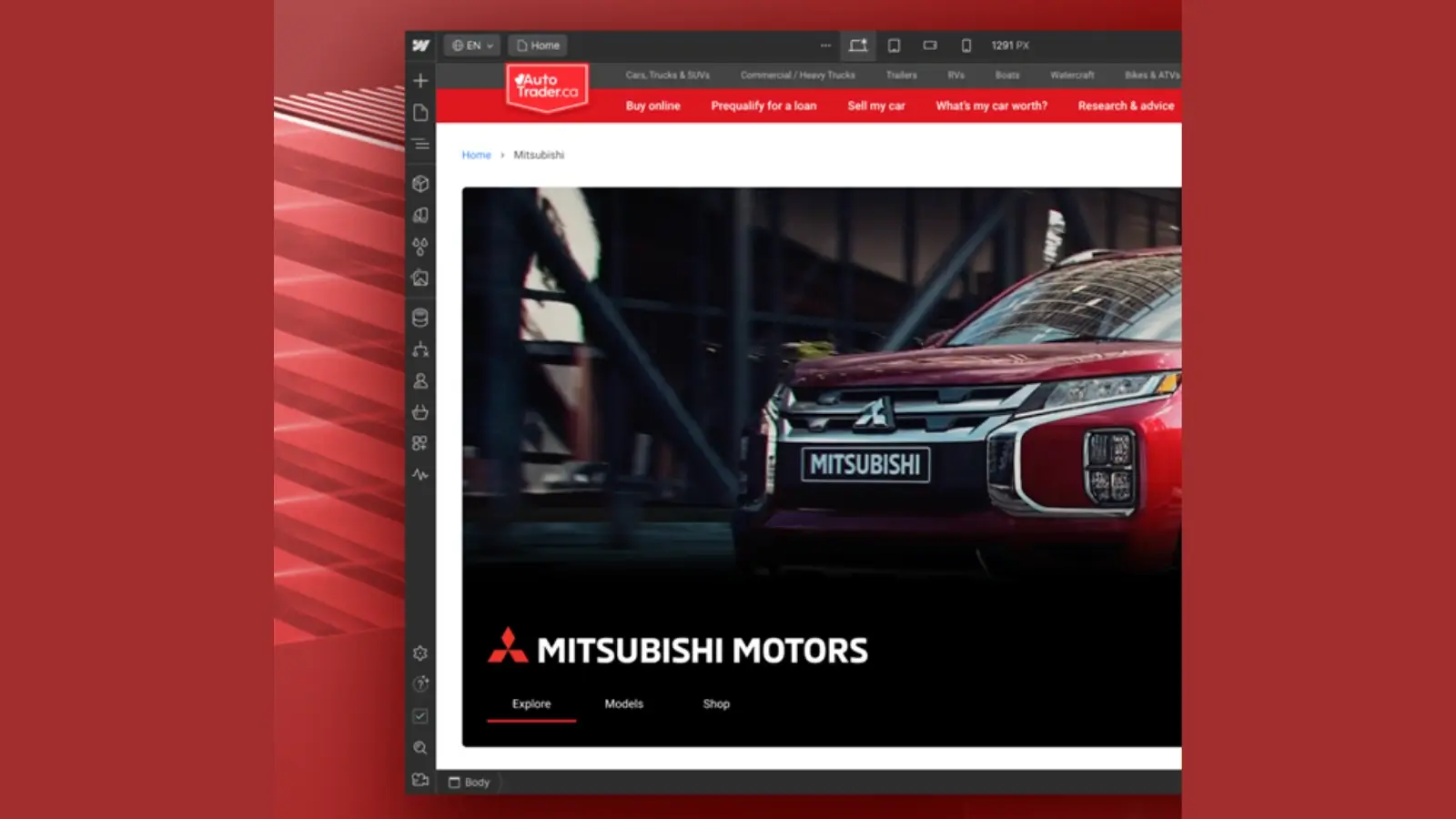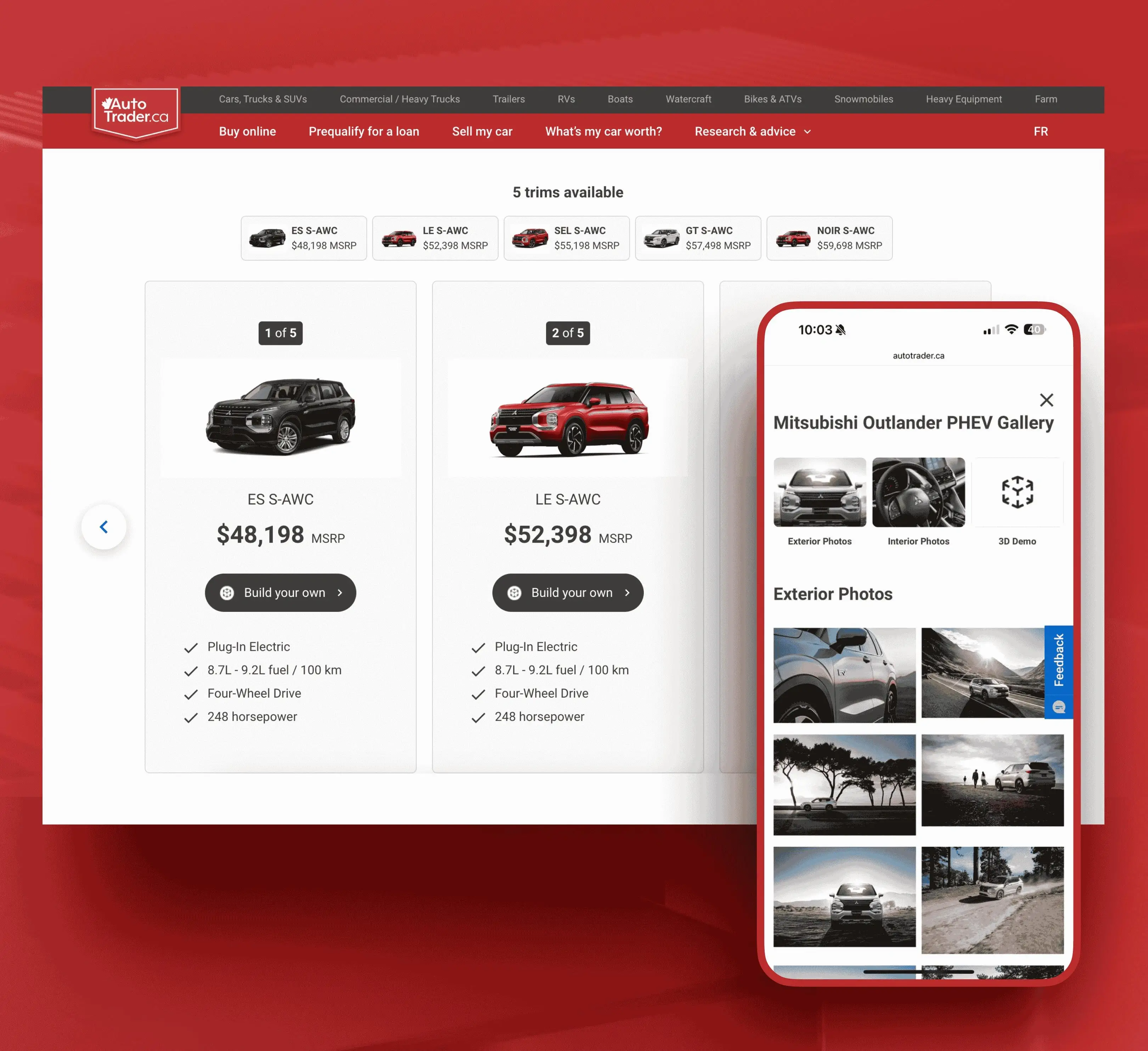


Enterprise websites used to be digital brochures. Static, slow, and cluttered with competing priorities. In 2025, that model no longer holds.
Today’s best enterprise websites are fast-moving platforms—built to support brand storytelling, real-time marketing, product education, recruitment, lead generation, and more. And they’re expected to perform flawlessly across every screen, in every market, and under every deadline.
So what does modern enterprise website design actually look like?
Let’s break it down.
Enterprise sites aren’t one-size-fits-all. Whether it’s a fintech platform, logistics provider, or healthcare SaaS company, every large organization brings its own brand architecture, product complexity, and stakeholder needs.
That’s why modern website design for enterprises starts with strategy, not templates.
At Composite Global, our enterprise engagements begin with deep discovery:
UX strategy, content hierarchy, and stakeholder alignment come before the wireframes. That’s how the best sites avoid bloat and stay purpose-driven.
In 2025, your website isn’t just judged by what it looks like. It’s judged by how fast it loads, how easy it is to navigate, and how quickly your team can update it.
Modern corporate website design puts performance front and center:
When AutoTrader launched Storefront—a new digital experience for automotive manufacturers—they needed to go to market fast, without sacrificing quality or flexibility. Built in Webflow Enterprise, Storefront offered customizable layouts, API integrations, and real-time inventory displays.
Composite partnered with AutoTrader’s design and engineering teams to bring Storefront to life in just four weeks, helping them move 3x faster than a traditional build. The result? A performance-driven, multilingual microsite that empowered car brands to tell richer stories, faster.
Enterprise websites aren’t just about aesthetics, they need structure.
That means:
A common trap in enterprise projects? Beautiful designs that don’t survive contact with real content or real editors. We build to avoid that, pairing visual design with system thinking so every element can flex and scale without compromising UX.
The old model of throwing designs over the fence is dead.
Today’s best web partners operate more like embedded product teams. Stakeholders are involved early. Copy, UX, and dev collaborate in parallel. Designers don’t disappear after Figma.
We’ve found that working in weekly design + build sprints helps our enterprise clients get better results, faster, while building trust and momentum across departments.

Modern enterprise websites are built with goals in mind:
Lead generation. User engagement. Brand perception. Product understanding.
And those goals are measurable. Whether we’re integrating analytics dashboards, testing conversion flows, or improving search visibility, today’s corporate website isn’t done until it performs.
Because in 2025, your website isn’t just a brand asset. It’s a business engine.
See more about how we helped AutoTrader launch their next-gen Storefront experience in just four weeks.